2018-11-27
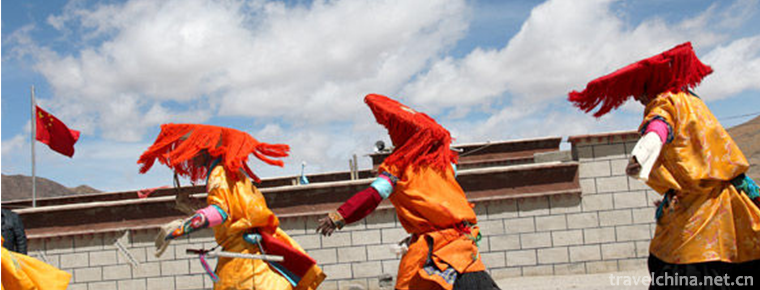
- By ChinaWiki.net
- Chinese Edition
- 2019-04-25
Dan GA harmonics
Jia Hao, which means "grand singing and dancing performance" in Chinese, is a kind of collective dance, usually performed in the Tibetan New Year and major festivals every year. Men, women and children in Danga Township of Saga County will perform Jia Harmony and pass on from generation to generation. The Jia Harmony of Danga Township is well-known in Tibet.
On June 7, 2008, the "Dangajia Harmony" declared by Saga County of Tibet Autonomous Region was listed in the second batch of national intangible cultural heritage list with the approval of the State Council. Number 685 III-88.
historical origin
The historical origin of Jia Hao has three views: one is the dance to celebrate the victory of the war; the other is the dance to celebrate the victory of the song and dance competition; and the third is the dance to celebrate Princess Wencheng's entering Tibet in the Tang Dynasty. The third argument is more widely circulated and accepted by ordinary people.
artistic characteristics
The actors who performed in harmony wore costumes made of silk and satin, mainly red and yellow, showing a noble and elegant temperament. They wore a large, round and tasseled cap, and swayed constantly during the performance. They had long waist knives, horsewhips, knives and chopsticks in the scabbard of knives. The actors'movements in dancing are very rough and bold, showing the strong and brave character of the Tibetan nationality. Correspondingly, actresses dress up more gently, wearing traditional Tibetan women's clothes, wearing various Tibetan accessories, holding Hada, singing and dancing. Jia Xiong takes the blue sky as the curtain and the earth as the stage. It is full of a kind of original ecological aesthetic feeling. It seems that it is really pleasant to watch.
Inheritance status
In 2008, Jia Hao was successfully selected into the second batch of national intangible cultural heritage lists, with a piece of bricks to open the door of the market. Zhaxi said that in recent years, the opportunities for Jia Hao's performances in villages have gradually increased, gradually moving towards Shigaze and Lhasa. In 2010, they also performed at Tiananmen Square in Beijing.
Inheritance significance
As a kind of national traditional song and dance, Jia Harmony has a history of more than 1300 years. For thousands of years, Jia Harmony has been passed down from mouth to mouth and from generation to generation. Its content and form have basically maintained its original flavor. There are 35 jumps in Jia Hao, the performance time can be long or short. If all the jumps are completed, it will take two days.
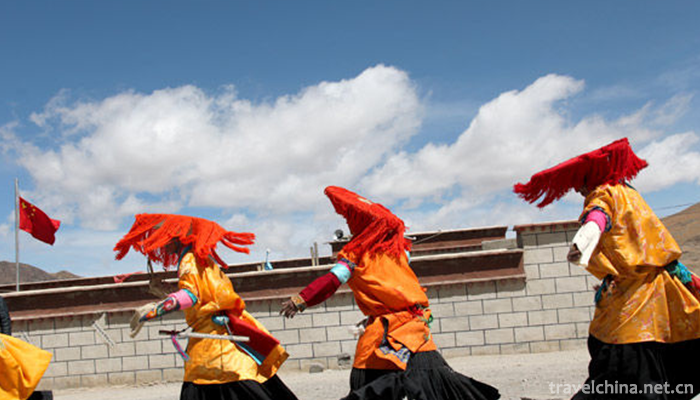
Ask a Question
Your email address will not be published.
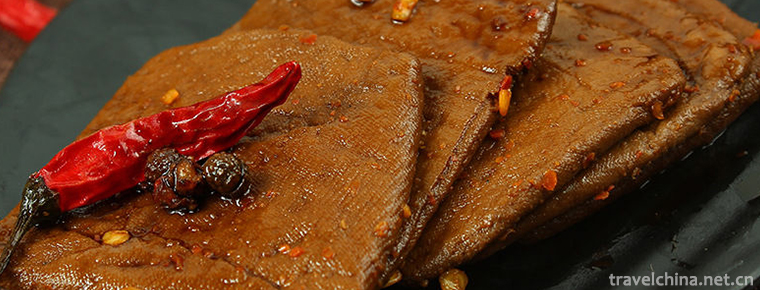
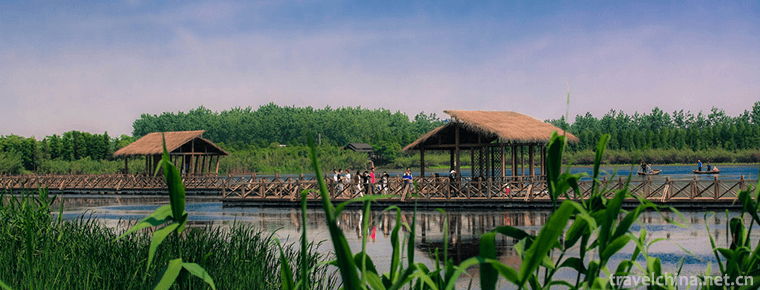
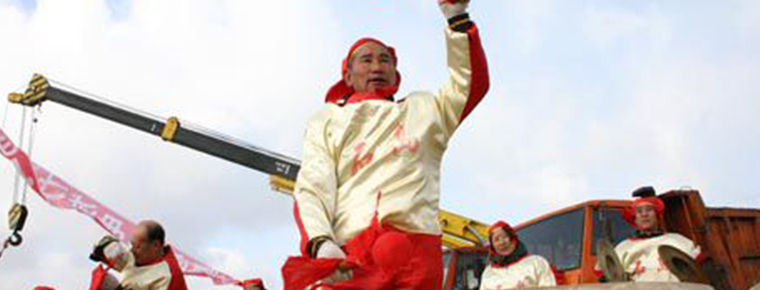
0 Questions